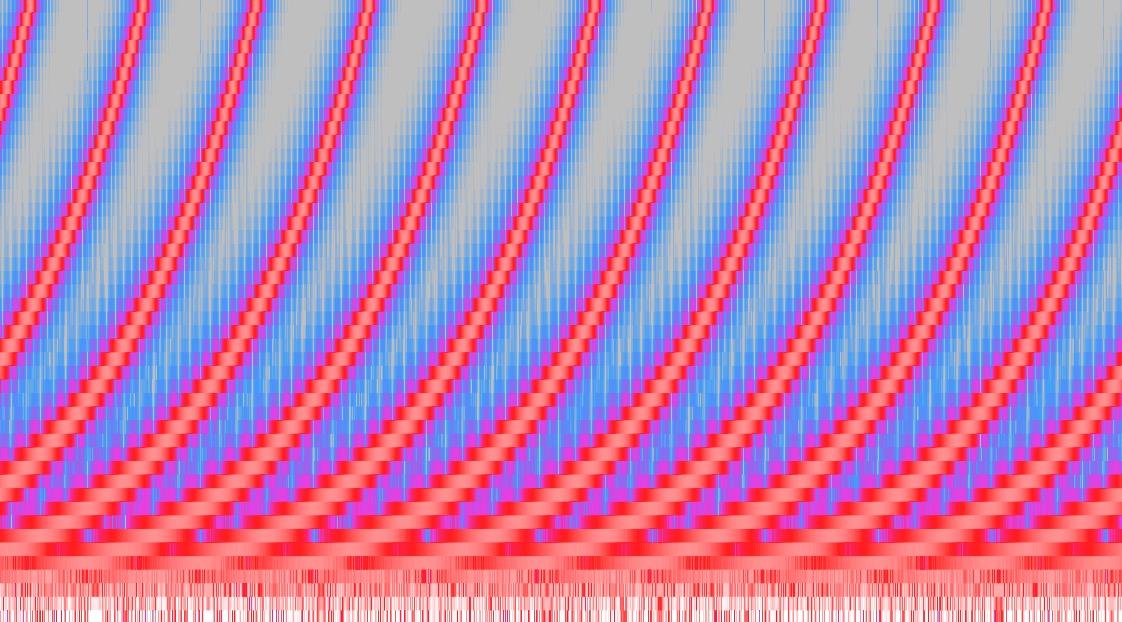The Shepard tone: The auditory illusion that makes Hans Zimmer's Dunkirk score so powerful and even shaped the screenplay
If it feels like the tension is constantly ratcheting up, that's because it is
Your support helps us to tell the story
From reproductive rights to climate change to Big Tech, The Independent is on the ground when the story is developing. Whether it's investigating the financials of Elon Musk's pro-Trump PAC or producing our latest documentary, 'The A Word', which shines a light on the American women fighting for reproductive rights, we know how important it is to parse out the facts from the messaging.
At such a critical moment in US history, we need reporters on the ground. Your donation allows us to keep sending journalists to speak to both sides of the story.
The Independent is trusted by Americans across the entire political spectrum. And unlike many other quality news outlets, we choose not to lock Americans out of our reporting and analysis with paywalls. We believe quality journalism should be available to everyone, paid for by those who can afford it.
Your support makes all the difference.Dunkirk is perhaps unprecedented in how it feels intense from start to finish. This was very much by design, as the film was written and scored so that it would be intense essentially ad infinitum.
Enter the Shepard tone, an auditory illusion consisting of a superposition of sine waves separated by octaves.
As Vox explains in its brilliant explainer video above, it sees a middle octave scale at constant volume, a top one fade out and a bottom one fade in, tricking the brain when played on loop and creating a sense that pitch is only going up and up up and up and up.

Supercomposer Hans Zimmer used the Shepard tone extensively in the Dunkirk score and it is also found in several other Nolan films.
He is clearly fascinated by it (its illusory nature feeling akin to his general obsession with the non-linearity of time and space) and even influenced how he wrote the screenplay for Dunkirk, a film which consists of three storylines that you could think of as three octaves.
He told Business Insider:
"There's an audio illusion, if you will, in music called a ‘Shepard tone’ and with my composer David Julyan on The Prestige we explored that, and based a lot of the score around that.“It's an illusion where there's a continuing ascension of tone. It's a corkscrew effect. It’s always going up and up and up but it never goes outside of its range.
"And I wrote the [Dunkirk] script according to that principle. I interwove the three timelines in such a way that there's a continual feeling of intensity. Increasing intensity. I wanted to build the music on similar mathematical principals. So there's a fusion of music and sound effects and picture that we've never been able to achieve before."
Dunkirk is in cinemas now. You can read our review of it here.
Join our commenting forum
Join thought-provoking conversations, follow other Independent readers and see their replies
Comments